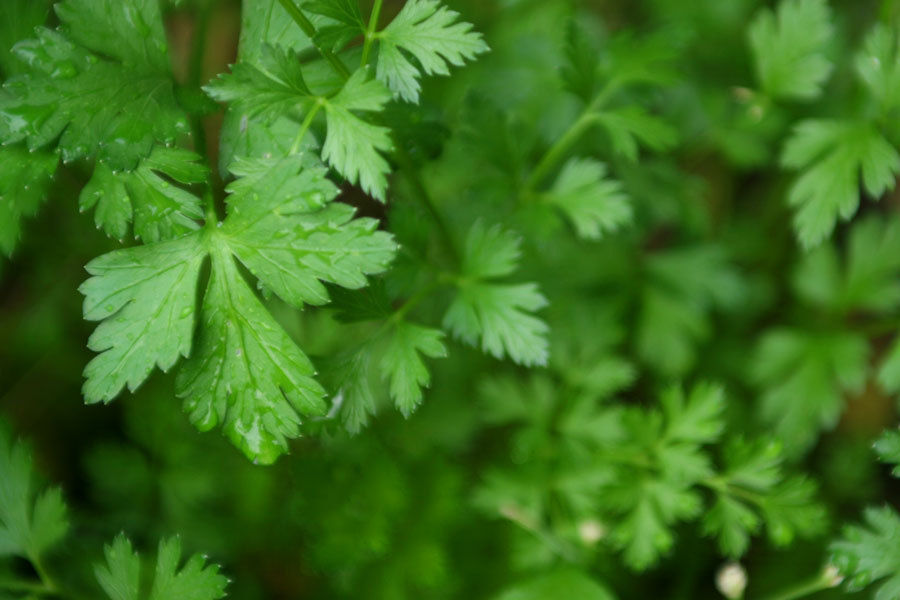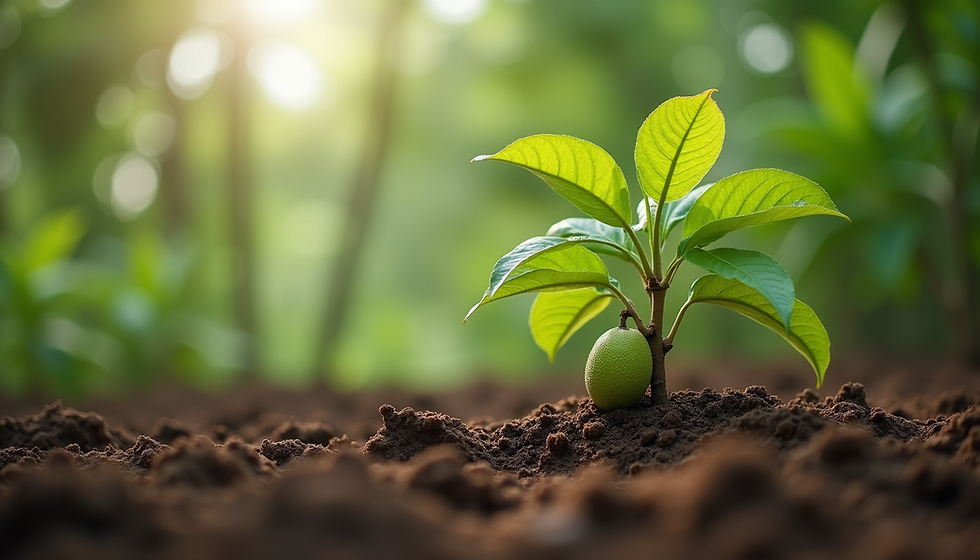Maximizing Yield with Coconut Farming Techniques
- rehobothorganicfarm
- 23 hours ago
- 4 min read
Coconut farming is a vital agricultural activity in Tamil Nadu. It provides income and supports many families. To increase productivity, farmers must adopt innovative coconut farming methods. These methods improve yield, reduce costs, and promote sustainability. I will share practical steps and techniques that help maximize coconut production effectively.
Understanding Soil and Climate Requirements
The first step in successful coconut farming is selecting the right soil and climate. Coconut palms grow best in sandy loam or alluvial soil with good drainage. Avoid waterlogged or heavy clay soils. The ideal pH range is 5.0 to 8.0.
Tamil Nadu’s coastal and delta regions offer suitable conditions. Coconut palms need a warm, humid climate with temperatures between 27°C and 32°C. Annual rainfall should be 1000 to 3000 mm, well distributed throughout the year.
To prepare the land:
Clear weeds and debris.
Plow the soil to a depth of 30-40 cm.
Add organic manure or compost to improve soil fertility.
Test soil pH and adjust if necessary using lime or sulfur.
Proper soil and climate management set the foundation for healthy coconut palms and higher yields.
Innovative Coconut Farming Methods for Better Yield
Adopting innovative coconut farming methods can significantly increase productivity. These methods focus on improving planting, irrigation, fertilization, and pest control.
Planting Techniques
Use high-yielding and disease-resistant coconut varieties. Select healthy seedlings from certified nurseries. Plant seedlings at a spacing of 7.5 m x 7.5 m to allow proper growth and sunlight penetration.
Irrigation Management
Coconut palms require regular watering, especially during dry months. Use drip irrigation or micro-sprinklers to save water and ensure uniform moisture. Avoid overwatering, which can cause root rot.
Fertilization Practices
Apply balanced fertilizers based on soil tests. Use organic fertilizers like farmyard manure, vermicompost, and green manure to improve soil health. Supplement with chemical fertilizers containing nitrogen, phosphorus, and potassium in recommended doses.
Pest and Disease Control
Monitor palms regularly for pests like rhinoceros beetle and red palm weevil. Use integrated pest management (IPM) techniques combining biological control, pheromone traps, and safe insecticides. Maintain field hygiene by removing dead leaves and fallen nuts.
Intercropping
Grow compatible crops like banana, pineapple, or legumes between coconut palms. This practice increases farm income and improves soil fertility through nitrogen fixation.
These innovative coconut farming methods help optimize resource use and boost coconut yield sustainably.

What are the techniques used in coconut breeding?
Coconut breeding aims to develop varieties with higher yield, disease resistance, and better adaptability. The main techniques include:
Selection
Identify and select superior coconut palms with desirable traits such as tall stature, early bearing, and high copra content. Use these palms as parent plants for seed production.
Hybridization
Cross-pollinate selected palms to combine favorable traits. Hybrids often show hybrid vigor, resulting in better growth and yield. Controlled pollination is done by hand to ensure purity.
Tissue Culture
Use tissue culture to produce disease-free and uniform seedlings in large numbers. This method speeds up multiplication and ensures quality planting material.
Mutation Breeding
Induce mutations using chemicals or radiation to create new genetic variations. Select beneficial mutants for further breeding.
Molecular Breeding
Apply molecular markers to identify genes linked to important traits. This helps in faster and precise selection during breeding.
These techniques improve coconut varieties, making farming more productive and resilient.
Nutrient Management for Maximum Productivity
Proper nutrient management is crucial for coconut palms to reach their full potential. Follow these steps:
Soil Testing: Conduct soil tests every 2-3 years to determine nutrient status.
Apply Organic Matter: Add 20-25 kg of farmyard manure or compost per palm annually.
Use Balanced Fertilizers: Apply NPK fertilizers in the ratio 2:1:3 (e.g., 100 g N, 50 g P2O5, 150 g K2O per palm per year).
Micronutrients: Supplement with boron, zinc, and magnesium if deficient.
Split Application: Divide fertilizer doses into 3-4 applications during the year for better uptake.
Mulching: Use coconut husk or leaves as mulch to conserve moisture and add nutrients.
Consistent nutrient supply improves nut size, copra quality, and overall yield.
Pest and Disease Management Strategies
Pests and diseases reduce coconut yield and quality. Effective management includes:
Regular Monitoring: Inspect palms monthly for signs of pests or diseases.
Sanitation: Remove and destroy infected nuts, leaves, and debris.
Biological Control: Use natural enemies like parasitic wasps and entomopathogenic fungi.
Chemical Control: Apply recommended insecticides and fungicides carefully, following safety guidelines.
Resistant Varieties: Plant disease-resistant coconut varieties.
Cultural Practices: Avoid water stagnation and maintain proper spacing to reduce disease spread.
Early detection and integrated management reduce losses and maintain healthy palms.
Steps to Improve Post-Harvest Handling
Proper post-harvest handling preserves coconut quality and market value. Follow these steps:
Good post-harvest practices increase shelf life and farmer income.
Embracing Sustainable Practices in Coconut Farming
Sustainability is key to long-term success. Adopt these practices:
Use organic fertilizers and biofertilizers.
Practice crop rotation and intercropping.
Conserve water with efficient irrigation.
Use renewable energy for farm operations.
Promote biodiversity by planting native species around farms.
Sustainable farming protects the environment and ensures steady yields.
Taking the Next Step in Coconut Farming
Maximizing coconut yield requires a combination of knowledge, effort, and innovation. By applying the techniques discussed, you can improve productivity and profitability. For more detailed guidance on coconut farming techniques, visit Rehoboth Organic Farms. They provide expert advice and quality planting materials to support your farming journey.
Start today by assessing your farm’s conditions and adopting these proven methods. With consistent care and smart practices, you will see better yields and a healthier coconut plantation.






















Comments